感谢videohelp论坛larley大神的解答!
感谢吾爱破解论坛@涛之雨大神在我失恋期间伪装少萝饱饱骗了我三顿外卖
要不是涛哥一顿外卖能吃三个汉堡一个全鸡一个披萨八个鸡块还干了一瓶1L的康师傅绿茶可能我还发现不了
正文

首先第一层是标准的OB加密
我们先大概规整一下代码
traverse(ast, {
CallExpression(path) {
if (path.node.arguments.length === 2) {
const type0 = path.node.arguments[0].type
const type1 = path.node.arguments[1].type
const isLikelyNumber = (type) => {
return type === 'UnaryExpression' || type === 'NumericLiteral'
}
if ((type0 === 'StringLiteral' && isLikelyNumber(type1)) || (type1 === 'StringLiteral' && isLikelyNumber(type0))) {
const funcBinding = path.scope.getBinding(path.node.callee.name)
const funcNode = funcBinding.path.node
if (funcNode?.params?.length !== 2) {
return
}
if (funcNode.body.body.length !== 1) {
return
}
if (funcNode.body.body[0].type !== 'ReturnStatement') {
return
}
const funcArgs0 = funcNode.params[0].name
const funcArgs1 = funcNode.params[1].name
const bodyCallArgs = funcNode.body.body[0].argument.arguments
let isSwap = false
for (let index = 0; index {
if (bodyExpress.type !== 'BinaryExpression') {
return argsIdentifier
}
const handleIdentifier = (item) => {
if (item.type !== 'Identifier') {
return item
} else {
return argsIdentifier
}
}
const numAst = types.binaryExpression(bodyExpress.operator, handleIdentifier(bodyExpress.left), handleIdentifier(bodyExpress.right))
const numResult = eval(generator(numAst).code)
return types.numericLiteral(numResult)
}
const firstIdentifier = path.node.arguments[0]
const secondIdentifier = path.node.arguments[1]
let newCalleeArgs = [handleExpression(bodyCallArgs[0], isSwap ? secondIdentifier : firstIdentifier), handleExpression(bodyCallArgs[1], isSwap ? firstIdentifier : secondIdentifier)]
let newNode = types.callExpression(funcNode.body.body[0].argument.callee, newCalleeArgs);
path.replaceInline(newNode)
}
}
},
});
然后获取解密的函数,这里因为比较偷懒,所以直接使用了正则表达式计算关键函数
function generatorHandleCrackStringFunc(text) {
const matchResult = text.match(/\d{4,}\);\s?(function.*),\s?[A-Za-z].[A-Za-z]\s?=\s?[A-Za-z]/)
if (matchResult.length !== 2) {
throw new Error('代码解析失败!')
}
const funcName = matchResult[1].match(/function ([A-Za-z])\([A-Za-z],\s?[A-Za-z]\).*(?=abc)/)[1]
return {
crackName: funcName,
crackCharFunc: new Function([], matchResult[1] + ';return function(num,char){return ' + funcName + '(num, char)}')()
}
}
然后调用解密函数
traverse(ast, {
CallExpression(path) {
if (path.node.arguments.length === 2) {
if (path.node.callee.name !== name) {
return
}
if (path.node.arguments[0].type !== 'NumericLiteral') {
return;
}
if (path.node.arguments[1].type !== 'StringLiteral') {
return;
}
const nodeResult = handleStringFunc(path.node.arguments[0].value, path.node.arguments[1].value)
path.replaceInline(types.stringLiteral(nodeResult))
}
},
});
然后对解密后的字符串和数字等做一下合并
const handleObfs = {
CallExpression: {
exit(outerPath) {
const node = outerPath.node.callee
const parentPath = outerPath
if (node?.object?.type === 'Identifier' && node?.property?.type === 'StringLiteral') {
const objBinding = outerPath.scope.getBinding(node.object.name)
if (objBinding === undefined) {
return;
}
const objNode = objBinding.path.node
const funcList = objNode.init?.properties ?? []
const funcInstance = funcList.find((item) => {
const keyName = item.key.name
return keyName === node.property.value
})
if (funcInstance) {
const parentNode = parentPath.node
let replaceAst = null
if (funcInstance.value.type === 'FunctionExpression') {
const originNode = funcInstance.value.body.body[0].argument
//函数
if (originNode.type === 'CallExpression') {
replaceAst = types.callExpression(parentNode.arguments[0], [...parentNode.arguments].splice(1))
} else if (originNode.type === 'BinaryExpression') {
replaceAst = types.binaryExpression(originNode.operator, parentNode.arguments[0], parentNode.arguments[1])
}
} else {
//字符串
debugger
replaceAst = types.stringLiteral(funcInstance.value.value)
}
if (replaceAst) {
parentPath.replaceWith(replaceAst)
}
}
}
}
},
MemberExpression: {
enter(path) {
const node = path.node
if (node?.object?.type === 'Identifier' && node?.property?.type === 'StringLiteral') {
const objBinding = path.scope.getBinding(node.object.name)
if (objBinding === undefined) {
return;
}
const objNode = objBinding.path.node
const funcList = objNode.init?.properties ?? []
const funcInstance = funcList.find((item) => {
const keyName = item.key.name
return keyName === node.property.value
})
if (funcInstance) {
let replaceAst = null
if (funcInstance.value.type === 'StringLiteral') {
replaceAst = types.stringLiteral(funcInstance.value.value)
}
if (replaceAst) {
path.replaceWith(replaceAst)
}
}
}
}
}
}
traverse(ast, handleObfs);
我们可以从已经解密的文件里提取一些关键字符串
const mathRsult = code.match(/\[\"(.*)\", [a-zA-Z]\[\"time\"\][\s\S]*\[\"sign\"\] = \[\"([0-9]*)\".*function \(([a-zA-Z])\) {([\s\S]*)}\([a-zA-Z]\)\,.*?"([a-zA-Z0-9]{3,})"/)
if (mathRsult.length !== 6) {
throw new Error('密钥解析失败!')
}
const signPrefix = mathRsult[2]
const signEnd = mathRsult[5]
const prefixToken = mathRsult[1]
const hashFunc = new Function(mathRsult[3], mathRsult[4])
接下来直接调试可以解出来BCToken的算法
function generateBcToken() {
if (bcToken !== "") {
return bcToken
}
const V = () => 1e12 * Math.random()
const UA = 'Mozilla/5.0 (Windows NT 10.0; Win64; x64) AppleWebKit/537.36 (KHTML, like Gecko) Chrome/116.0.0.0 Safari/537.36'
const hash = sha1.create();
const text = [(new Date).getTime(), V(), V(), UA].map(btoa).join(".")
console.log(text)
hash.update(text);
bcToken = hash.hex()
return bcToken
}
Sign加密算法也可以解出来了
function generateSha({ url, auth_id }) {
const fixPrefix = prefixToken;
let time = +new Date();
const toeknURL = [fixPrefix, time, url, auth_id || 0].join(`\n`);
const hash = sha1.create();
hash.update(toeknURL);
return {
token: hash.hex(),
time: time
}
}
function getSign({ url, auth_id }) {
const { time, token } = generateSha({ url, auth_id })
return {
sign: [signPrefix, token, hashFunc(token), signEnd].join(':'),
time: time
}
}
那基本的算法解密就搞定了,但是最近还更新了DRM
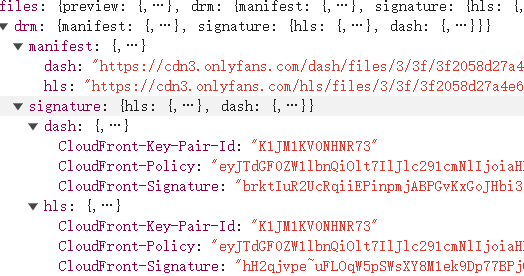
其中给了一个mpt和m3u8
分别有不同的密钥
根据测试DRM的密钥是需要写在Cookies里的
但是诡异的事情来了
postman可以测试成功,cmd测试失败,代码测试失败,powershell测试成功
ffmpeg测试也失败
我的第一反应可能是TLS指纹校验了
这部分事后发现1.1也可以了,只要同ip就行,我也不确定到底是我测试错误还是后期改了
所以这部分可以直接忽略,但是因为我自己觉得补上HTTP2的代码有利于思路的连贯性分析和大家下次直接抄轮子
思虑之后决定保留了下来
于是在https://github.com/nodejs/undici/issues/1983
抄了一段,改成onlyfans的,这里就按下不表了
const undici = require("undici")
const tls = require("tls")
// From https://httptoolkit.com/blog/tls-fingerprinting-node-js/
const defaultCiphers = tls.DEFAULT_CIPHERS.split(':');
const shuffledCiphers = [
defaultCiphers[1],
defaultCiphers[2],
defaultCiphers[0],
...defaultCiphers.slice(3)
].join(':');
const connector = undici.buildConnector({ ciphers: shuffledCiphers })
const client = new undici.Client("https://en.zalando.de", { connect: connector })
undici.request("https://en.zalando.de/api/navigation", {
dispatcher: client,
headers: {
"User-Agent": "Mozilla/5.0 (Windows NT 10.0; Win64; x64) AppleWebKit/537.36 (KHTML, like Gecko) Chrome/124.0.0.0 Safari/537.36"
}
}).then(async (res) => {
const body = await res.body.json()
console.log(body)
})
依然没有成功,这个时候还跟无头苍蝇一样打转,我认为可能是TLS因为Node修改的不彻底导致的,决定切换Go技术栈试试
于是找到了https://juejin.cn/post/7073264626506399751#heading-4
测试惊觉发现竟然是HTTTP2
于是返回抓包看了一眼
发现确实都是HTTP2!
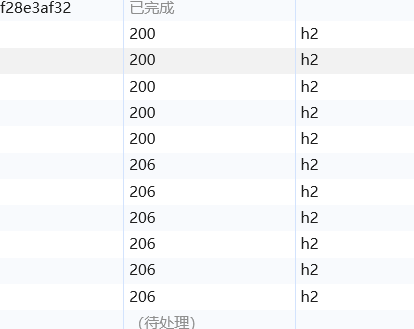
那果断切一下HTTP2的通信协议试一下
js
const http2 = require("http2");
const client = http2.connect("https://cdn3.onlyfans.com");
const req = client.request({
":method": "GET",
":path": "/dash/files/3/3f/XXX/XXX.mpd",
"accept": "*/*",
"accept-language": "zh-CN,zh;q=0.9",
"cache-control": "no-cache",
"pragma": "no-cache",
"priority": "u=1, i",
"sec-ch-ua": "\"Not/A)Brand\";v=\"8\", \"Chromium\";v=\"126\", \"Google Chrome\";v=\"126\"",
"sec-ch-ua-mobile": "?0",
"sec-ch-ua-platform": "\"Windows\"",
"sec-fetch-dest": "empty",
"sec-fetch-mode": "cors",
"sec-fetch-site": "same-site",
"cookie": "保护隐私",
"Referer": "https://onlyfans.com/",
"Referrer-Policy": "strict-origin-when-cross-origin"
});
let data = "";
req.on("response", (headers, flags) => {
for (const name in headers) {
console.log(`${name}: ${headers[name]}`);
}
});
req.on("data", chunk => {
data += chunk;
});
req.on("end", () => {
console.log(data);
client.close();
});
req.end();
果然成功读取到数据!
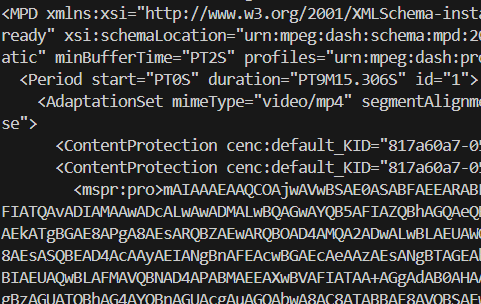
根据查看同类库https://github.com/sim0n00ps/OF-DRM (这个库真的帮助了我很多思路)
可以发现使用了一个yt-dlp
我们可以找一个nodejs版本的
测试代码如下
const path = require('path');
const YTDlpWrap = require('yt-dlp-wrap').default;
const ytDlpWrap = new YTDlpWrap(path.join('./yt-dlp_x86.exe'));
let ytDlpEventEmitter = ytDlpWrap
.exec([
'https://cdn3.onlyfans.com/hls/files/a/a2/xxx/xxx.m3u8',
"-f",
"bestvideo[ext=mp4]+bestaudio[ext=m4a]/best[ext=mp4]/best[ext=m4a]",
"--allow-u",
"--no-part",
"--restrict-filenames",
"-N 4",
'--add-headers',
`Cookie:"个人隐私"`,
'-o',
'F:/vmware/output2.mp4',
])
.on('progress', (progress) =>
console.log(
progress.percent,
progress.totalSize,
progress.currentSpeed,
progress.eta
)
)
.on('ytDlpEvent', (eventType, eventData) =>
console.log(eventType, eventData)
)
.on('error', (error) => console.error(error))
.on('close', () => console.log('all done'));
console.log(ytDlpEventEmitter.ytDlpProcess.pid);
我也是刚接触,不一定参数描述的正确,-f表示格式,allow-u表示允许无法格式化的视频下载,no-part不要使用分割部分文件,restrict-filenames貌似是控制短标题和特殊字符的,-N应该是多线程
只有使用这套能绕过DRM的版权下载问题
下载完成后发现依然没法播放
根据研究是视频使用了加密
这个时候可以根据技术栈下手
根据搜索drm找到了"DRM encrypted source cannot be decrypted without a DRM plugin
根据上下文找到videojs字样

所以怀疑是videojs
于是找videojs的DRM库,找到了
https://github.com/videojs/videojs-contrib-eme?tab=readme-ov-file#using
使用例子是
player.eme();
player.src({
src: '',
type: 'application/dash+xml',
keySystems: {
'com.widevine.alpha': ''
}
});
在网页中搜索eme,发现也能找到,下一个断点之后调试打印src的o内容
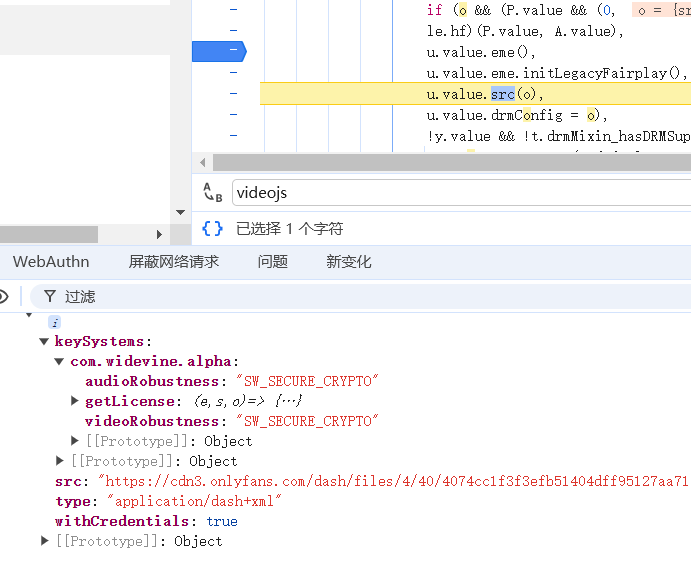
根据文档getLicense()- 允许异步检索许可证。
所以我们目前应该主攻getLicense()函数了
其中代码为
getLicense: (e,s,o)=>{
j.vM.xhr({
url: i,
method: "POST",
responseType: "arraybuffer",
body: new Uint8Array(s),
headers: {
"Content-type": "application/octet-stream",
...t
},
withCredentials: !0
}, ((e,i,t)=>{
e ? o(e) : o(null, t)
}
))
}
往上一层看
这里可以看到创建了一个promise,当调用获取许可时会回调y,而y会把数据触发调用promise的Resolve出去,导致普通人很容易跟丢

实际上接下来的流程处理在

其中u是MediaKeySession,读取了我们的密钥,而MediaKeySession的接口代表与内容解密模块 (CDM) 进行消息交换的上下文。
以CDM为关键词,可以搜到https://www.freebuf.com/articles/database/375523.html
全球现有三大实现方案,分别为谷歌的Widevine、苹果的FairPlay和微软的PlayReady。其中Widevine实现简单,免费,市场占有率最高,应用最广泛。Widevine客户端主要内置于手机、电视、各大浏览器、播放器等,用于解密被保护的视频。
Widevine拥有三个安全级别——L1、L2和L3。L1是最高的安全级别,解密全过程在硬件中完成,需要设备支持。L3的安全级别最低,解密全程在CDM(Content Decryption Module )软件中完成。L2介于两者之间, 核心解密过程在硬件完成,视频处理阶段在软件中完成。本文只讨论L3级视频的解密方式。
既然我们是谷歌浏览器,那我们大概率是Widevine的DRM保护了
那接下来的目标就是如何解密CDM
既然已经确定了是wvd l3
我们需要获取解密mp4的密钥
需要ppsh和License URL
找到的wvd代码来自https://forum.videohelp.com/threads/414040-Need-some-help-to-download-drm-protected-video-from-this-free-service
这里我截取片段
WVD_FILE = "device_wvd_file.wvd"
PLAYER_URL = 'https://aloula.faulio.com/api/v1/video/{video_id}/player'
ORIGIN = "https://www.aloula.sa"
def get_keys(pssh_value, license_url):
if pssh_value is None:
return []
try:
device = Device.load(WVD_FILE)
except:
return []
pssh_value = PSSH(pssh_value)
cdm = Cdm.from_device(device)
cdm_session_id = cdm.open()
challenge = cdm.get_license_challenge(cdm_session_id, pssh_value)
licence = requests.post(
license_url, data=challenge,
headers={"Origin": ORIGIN}
)
licence.raise_for_status()
cdm.parse_license(cdm_session_id, licence.content)
keys = []
for key in cdm.get_keys(cdm_session_id):
if "CONTENT" in key.type:
keys += [f"{key.kid.hex}:{key.key.hex()}"]
cdm.close(cdm_session_id)
return keys
ppsh和licence属于网站提取的内容,那wvd是什么?
Create a Widevine Device (.wvd) file from an RSA Private Key (PEM or DER) and Client ID Blob.
wvd是Widevine Device ,是根据一个RSA私钥和Client IDBlob生成的
其提取的方法我在
https://forum.videohelp.com/threads/404994-Decryption-and-the-Temple-of-Doom
找到了,当然也可以使用现有的,但是本着苏格拉底式学习的思想,决定尝试手动提取WVD
另外也找到了一个疑似可以在线处理的网站
https://cdrm-project.com/
同时这个网站也提供了大量的WVD DRM分析的文章和工具
https://cdm-project.com/
安卓root提取WVD
注意!!!根据测试模拟器没有WVD,不要尝试在模拟器搞
首先需要root和安装magisk
然后在magisk的设置的超级用户访问选择用户和ADB,重启

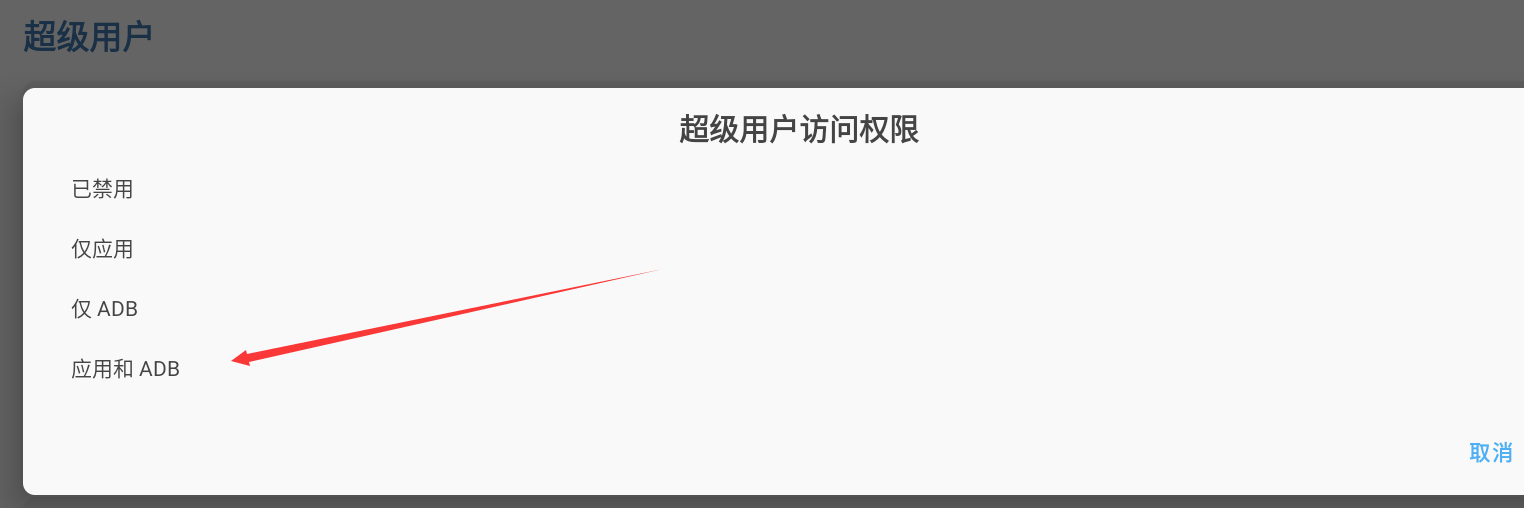
然后安装MagiskFrida
https://github.com/ViRb3/magisk-frida/releases
下载出来在magisk导入模块
最好也装上L1回退模块
https://github.com/hzy132/liboemcryptodisabler/releases/tag/v1.5.1
全部搞定之后安装adb,为了图方便可以直接把adb的目录塞到path里
这样就有adb命令了
输入adb查看有没有手机
确定有之后拉取https://github.com/hyugogirubato/KeyDive的代码
输入pip install -r requirements.txt安装依赖
因为adb devices找到了
List of devices attached
emulator-5554 device
输入python keydive.py -a -d ‘emulator-5554’ -w即可导出
就是这样,你现在应该有一个以 ClientId 和 Private_key.pem 形式存在的 CDM,它们藏在 Keydive 文件夹根目录中的设备中(因为我本机没root,模拟器又复现失败了...所以这步要靠自己了,不过应该大差不差,因为我AVD提取成功了~)
AVD提取WVD
因为模拟器不支持wvd DRM
所以根据https://forum.videohelp.com/threads/408031-Dumping-Your-own-L3-CDM-with-Android-Studio
尝试andirod Studio获取DRM
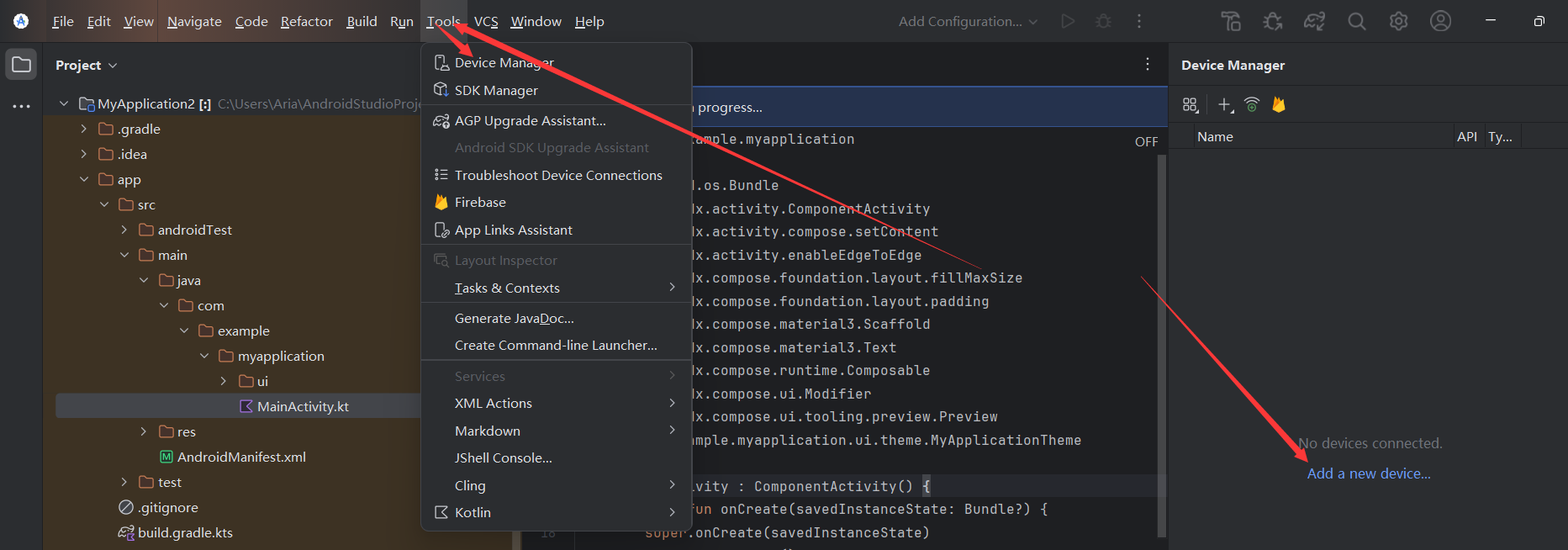
安装pixel 6 (系统一定要选Pie,不然frida-server会不成功)
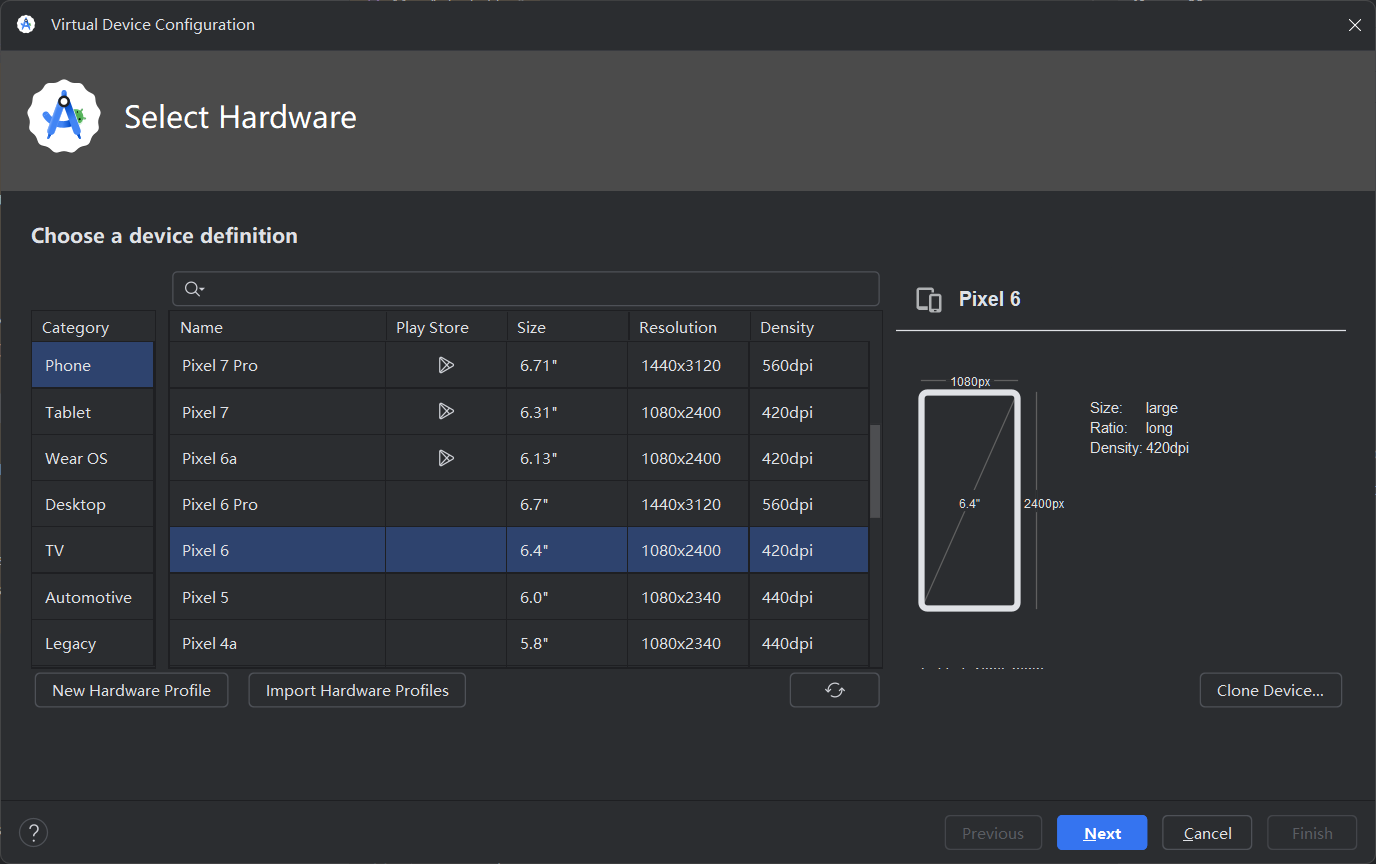
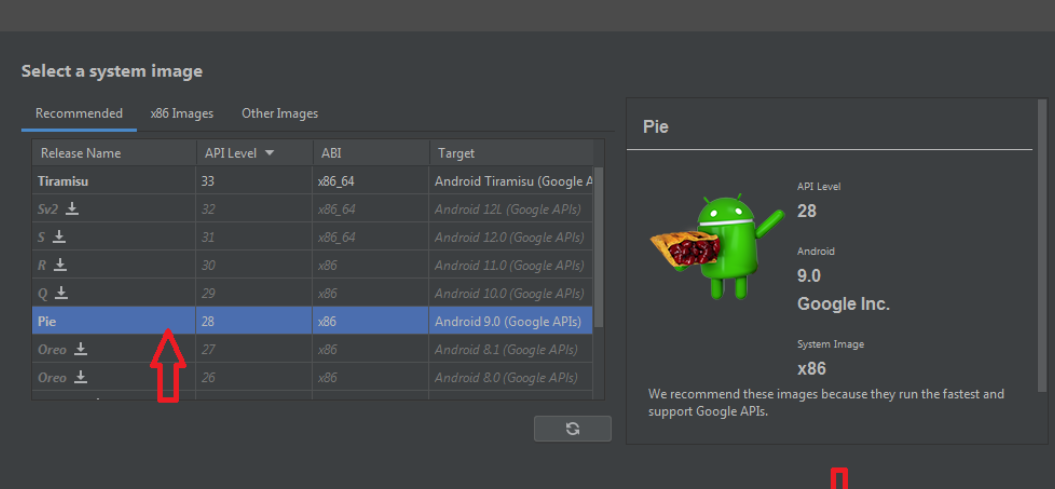
然后启动
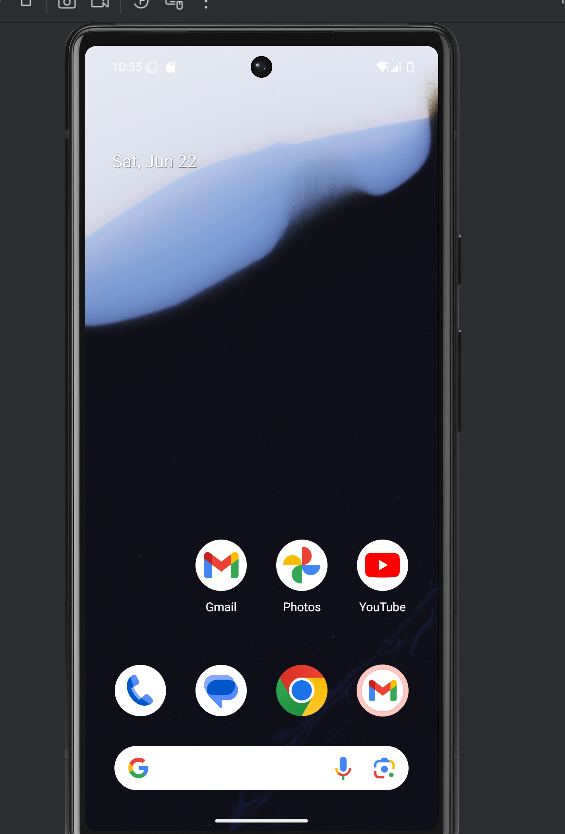
启动成功后在Window安装脚本pip install frida和pip install frida-tools
接下来输入pip list查看包版本

然后下载对应版本的frida-server
https://github.com/frida/frida/releases
我的是16.2.5则去下frida-server-16.2.5-android-x86.xz然后解压得到frida-server-16.2.5-android-x86
然后输入
adb push C:\Users\lihengdao\Downloads\frida-server-16.2.5-android-x86 /sdcard
移动之后输入
adb.exe shell
su
mv /sdcard/frida-server-16.2.5-android-x86 /data/local/tmp
chmod +x /data/local/tmp/frida-server-16.2.5-android-x86
/data/local/tmp/frida-server-16.2.5-android-x86
运行有点报错很正常,直接继续
拉取项目https://github.com/wvdumper/dumper
安装依赖pip3 install -r requirements.txt
然后降级一下protobuf pip install protobuf==3.20.*
输入python .\dump_keys.py运行,注意运行frida-server的窗口不要关
显示Hook completed就成功了

接下来在Andriod Studio的Pixel模拟器访问https://bitmovin.com/demos/drm
小提示,这里建议设置代{过}{滤}理,模拟器的回环代{过}{滤}理是10.0.2.2
将wifi的设置里proxy设置上相应的回环地址和端口即可
如果网络不好加载不出来视频会存在bin和pem文件的!
https://developer.android.com/studio/run/emulator-networking?hl=zh-cn
视频没刷出来就多试试
大陆网有点卡
当出现视频进度点播放
就会在dumper-main目录里生成劫持到的文件

然后去生成的文件目录输入pywidevine create-device -k private_key.pem -c client_id.bin -t "CHROME" -l 3 -o wvd
wvd驱动文件生成成功!


